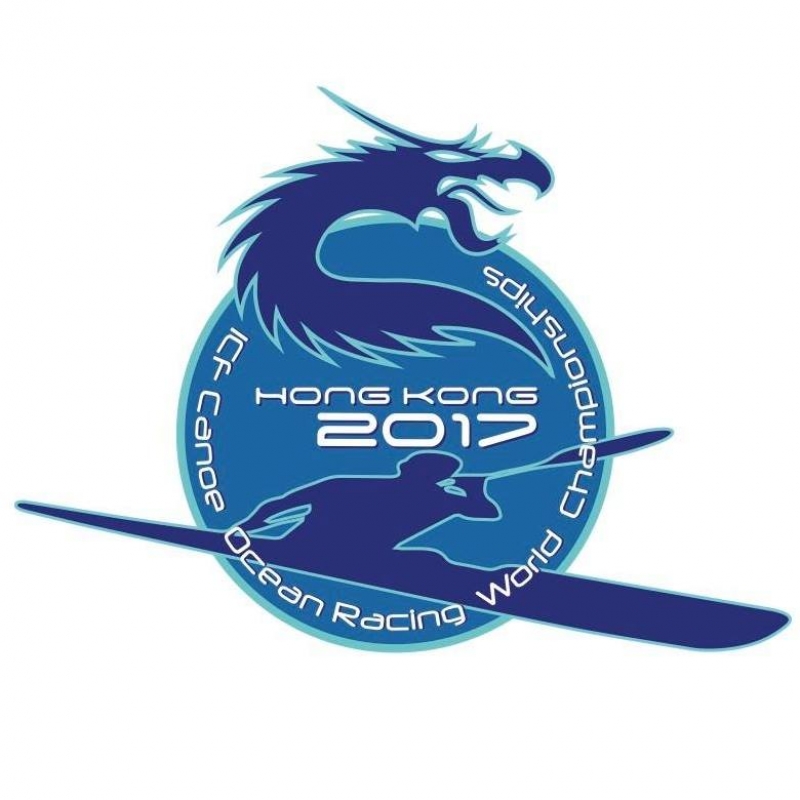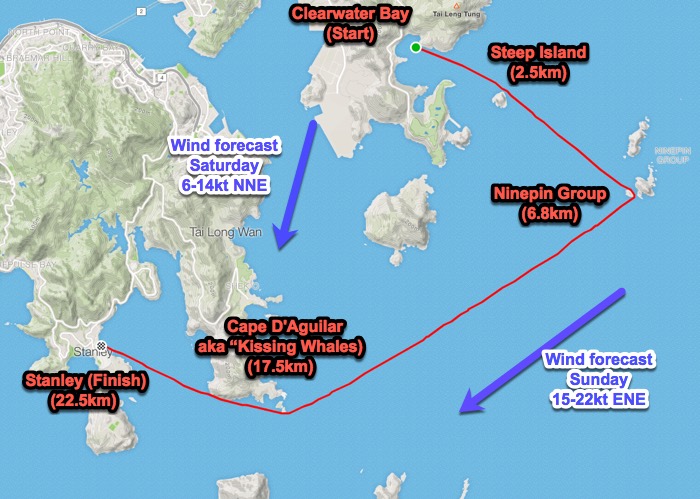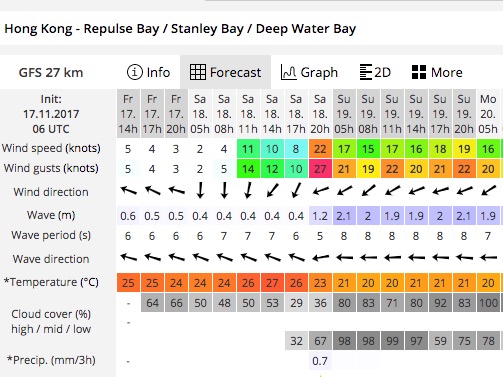ICF Ocean Racing World Champs: What you need to know

Here are some basic facts that’ll help you to visualise what’s going down on Saturday and Sunday in Hong Kong, when the women’s and men’s ICF Ocean Racing World Championships take place.
Times and Tracking
According to the information available the races are scheduled for 10h00 Hong Kong time, Saturday and Sunday.
Live Tracking
Live video
...will be shown here with commentary by Ivan Lawler:
Click here for the women's race on Saturday
Click here for the men's race on Sunday
The Course
The course follows the same route as that pioneered for the Dragon Run, the hugely successful event that has run every year since 2007 when Dawid Mocke won the inaugural event.

The course consists of the three very different sections:
- Clearwater Bay to the Ninepin Group
- Ninepin Group to Cape D’Aguilar
- Cape D’Aguilar to Stanley Beach
Clearwater Bay to the Ninepin Group
From the start, the paddlers head in a southeast direction. On Sunday the wind will be blowing at nearly 20kt ENE so they’ll have a strong diagonal headwind and quite sizable waves. As they pass Steep Island, 2.5km in, they’ll pass through an area of reflected chop as the waves rebound off the sheer cliffs.
As they approach the turn at Ninepin, there’s a short section of protected, flat water where there’s opportunity to accelerate before heading downwind.
Ninepin to the “Kissing Whales”
(The landmark rocks at Cape D’Aguilar look just like a pair of whales head to head.)
At around 7km in, the paddlers turn downwind. If the forecast lives up to expectations, the men’s race on Sunday will have a great downwind.
It’s often a technical downwind: ships’ wakes and waves reflected off the islands to the right of the course create opportunities for alert paddlers to create sequences; superimposed on that lot should be a 3m/8sec swell heading in from the east…
The sea becomes a maelstrom of churning water at the Kissing Whales – the swell hits the rocks and rebounds almost without losing energy. Paddlers need to choose between cutting the corner through the mess, or taking a wider turn to avoid the roughest section.
Kissing Whales to the finish
The best, cleanest waves are often to be found for 1-2km after the turn: the swell wraps around the Cape, but the sea is sheltered from the wind and the chop disappears…
…only to return again as the paddlers cross the bay. Depending on the exact angle of the wind, the paddlers may have a tailwind – but it often blows almost side-on with a nasty side-chop to upset their rhythm.
Forecast
The men's race is going to have a cracker on Sunday; unfortunately the forecast is not ideal for the women's race on Saturday...

Paddlers
Click here for the full list of female paddlers
Click here for the full list of male paddlers
Bring it on!

